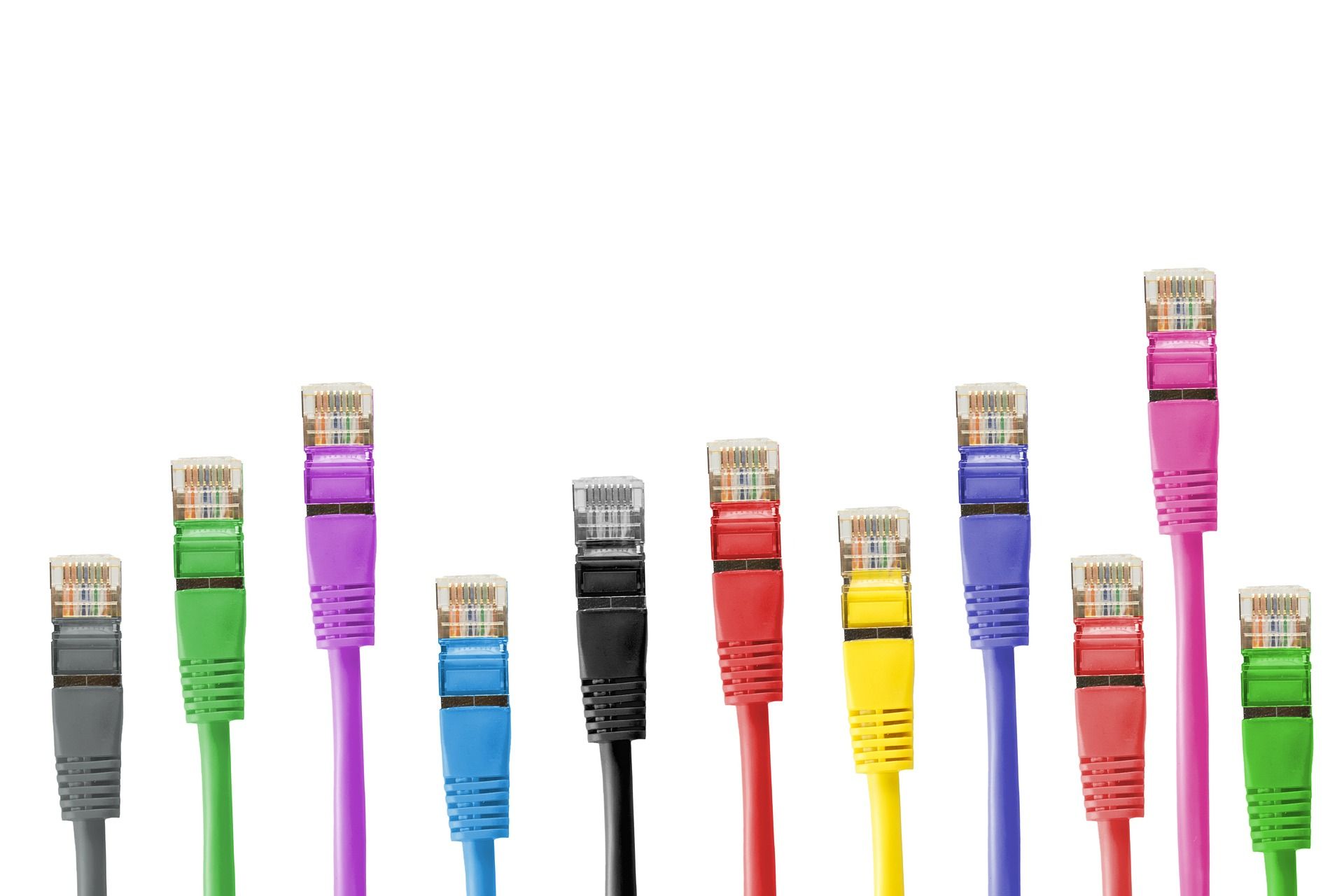Unitymedia – Disrespecting your Customers, One Letter at a Time

This story began in February of 2015 and I was hoping it would be over by now, but unfortunately it still isn't. My Internet Service Provider (ISP) is Unitymedia Germany and has been for the last three-and-a-half years. When I first ordered their service everything was great. The technician who had to come to set up my internet connection came within two days after I signed the contract, the monthly fee was reasonable, and the internet speed I got was supremely fast. I rarely had any problems with that connection, until one day in 2013 my internet connection went dead.
After calling the support hotline, they sent out a technician who found the issue. Apparently Unitymedia had sent out one of their employees to cut the connection for someone who hadn't payed their bill, but they cut my connection by mistake. That was easily fixed and there were no more big issues until the aforementioned February of 2015.
Upgrading my Contract
In February of 2015 I decided to upgrade my contract with Unitymedia to a higher tier because that would more than double the speed I got before, while only paying about one Euro more. Little did I know that I would spend at least one day per week on Unitymedia's support hotline for the next two months. First they sent me a new cable modem, it's a Technicolor TC7200, easily the worst piece of hardware I've ever had to connect to my network. This thing ready-to-go support for Wi-Fi connectivity (in both the 2.4 and 5 GHz ranges), but it is disabled by default and Unitymedia demands demanded paying a one-time 30€ fee to enable that functionality. Thankfully I don't need this feature, as I have my own Wi-Fi-router, so I thought I could safely ignore the matter. But then I saw that the Wi-Fi LED was inexplicably lit on the TC7200, and also I was able to see and join the networks the TC7200 was said to provide. So I tried to use the config page of the router to switch them off. Unfortunately the software didn't let me do this, because you can't access the Wi-Fi settings page, if you didn't pay that 30€ fee.
So I called Unitymedia, to have the issue fixed, because it bothered me having two Wi-Fi connections on my network, outside of my control.
Let the Odyssey begin
The first time I called, I was told that the Wi-Fi could not be switched-on, and that it would deactivate after restarting my modem. (Which of course I can't do while I'm on the phone with them). Next time I called, they told me the Wi-Fi was on to demo the function and it would deactivate within the next two weeks. Obviously... it didn't.
Next time I called them, I told the employee on the other end about the alleged demo mode. They told me it didn't exist and reputedly regenerate my cable modem's config file. Spoiler: That didn't work either. I had to call 3 more times until they finally agreed to enable the Wi-Fi function for me for free, so that I could finally disable that annoying Wi-Fi feature. We have reached April of 2015 by now and I generally want get rid of Unitymedia as soon as possible. But, I signed a two-year contract.
All in all this minor annoyance led to me spending about 3-5 hours in the Unitymedia support hotline, which was not free at the time, also due to that unusual free booking of the Wi-Fi-function, they somehow messed up things so badly, they had to give me a new phone number.
IPv6... or not
One more reason I wanted to upgrade was that I finally wanted to get IPv6. Unfortunately this led to another chain of problems. We all know that IPv4 addresses have run out for good, that is why we need to make the switch to IPv6. Unitymedia chose the most dickish approach for switching to IPv6, called Dualstack-Lite (DS-Lite). Everybody knows the joy of NAT, that pesky little thing some people mistake for a firewall. NAT enables you to have different devices behind the same one public IPv4 address by mapping services on different computers to TCP/UPD ports in the router. This works more or less great, so Unitymedia thought:
"Well, darn, we don't have enough public IPv4 addresses to give everyone of our clients their own address. Let's use another layer of NAT to map several clients to one public IPv4 address."
This approach is called Carrier Grade NAT (CGN) and is generally a horrible idea. CGNs cause many problems for more technically affine users. This means you can't reach your computer from anywhere in the world, because it doesn't have a public IPv4 address. DS-Lite combines CGN for IPv4 with IPv6 for all other connections. IPv6 would fix the problem of not having a public address to connect to your own computer, but unfortunately IPv6 is not yet widely available, so it cannot yet serve as an alternative.
Since I need to connect to my home network quite frequently using DS-Lite was not an alternative for me, so I had them switch it back, which I could because I had an IPv4 address from them before. Unfortunately doing so meant that I lost my IPv6 connectivity again.
Return of the Wi-Fi
About three weeks ago, I received an e-mail from Unitymedia which sparked quite some rage in me. It reads something like this:
Dear Mr. <blank>,
did you notice? We have enabled Wi-Fi for free on your Technicolor TC7200. Maybe you surfed the internet wirelessly using it already in the last couple of months.
Security of your data is important to us! That is why we've already informed you on January 15 that the factory set Wi-Fi passwords in your router are not safe enough. They may be recovered and used by unauthorized individuals using specialized software.
Translated from German, no liability assumed, Source*

As you can see, Unitymedia has the guts to enable a feature on devices in their clients' home, many of these clients don't want and they announce it in the same e-mail in which they admit this feature might harm the security of their clients' network and data.
I called the support hotline about 10 minutes after receiving this e-mail, and the employee on the other end of the line told me all hell broke loose in the wake of this e-mail. The support department was not briefed before this measure and generally I have great doubts whether anyone so much as thought for even a second before pushing the roll-out button for this function.
I also wrote an e-mail to the complaint management department of Unitymedia and got a very cocky answer back. In the first few lines I feel like they thought I was a child, then they somehow claim to be a "Wi-Fi company" whatever that's supposed to mean. They also told me that this was an automatic rollout - d'uh - so that individual cases could not be respected. They did however not elaborate on my most important point: The boldness it takes to announce such an update while at the same time admitting it's a possibly security flaw.
Utilizing your Customers
Just a few days ago I've received another letter from Unitymedia, announcing a new feature to be included in every internet contract with them... They call it WiFiSpot, and as you probably guessed, it's a Wi-Fi hotspot... with a slight quirk.
Unitymedia plans to enable a seperate Wi-Fi network on every single one of their customers' cable modems, which can be used by other Unitymedia clients to surf for free when they are in reach. Sounds like a good idea, until you think about what hardware you got from them. As said before, the TC7200 is at best a toy. Customers have rather no control over this thing and every single setting can be read and (re-)set by Unitymedia at will. When you try to put it in a mode that Unitymedia doesn't want you to use, it reboots, and if you are really lucky resets all your settings. This thing can for example not be put into a simple bridge mode, where it acts like just a cable modem but not like a router. If you try that, it reboots. This is probably due to DS-Lite, but I don't use that, which is why I don't see any reason for this limitation – except for the obvious one of course: They want to force you to use the device they provided, so that they can have control.
At least with this feature they gave an easy method to opt out, even though that it means you won't be able to use the WiFiSpots. I think this is fair, but I still think utilizing your clients is bad.
* This picture does not originate from pixabay.com